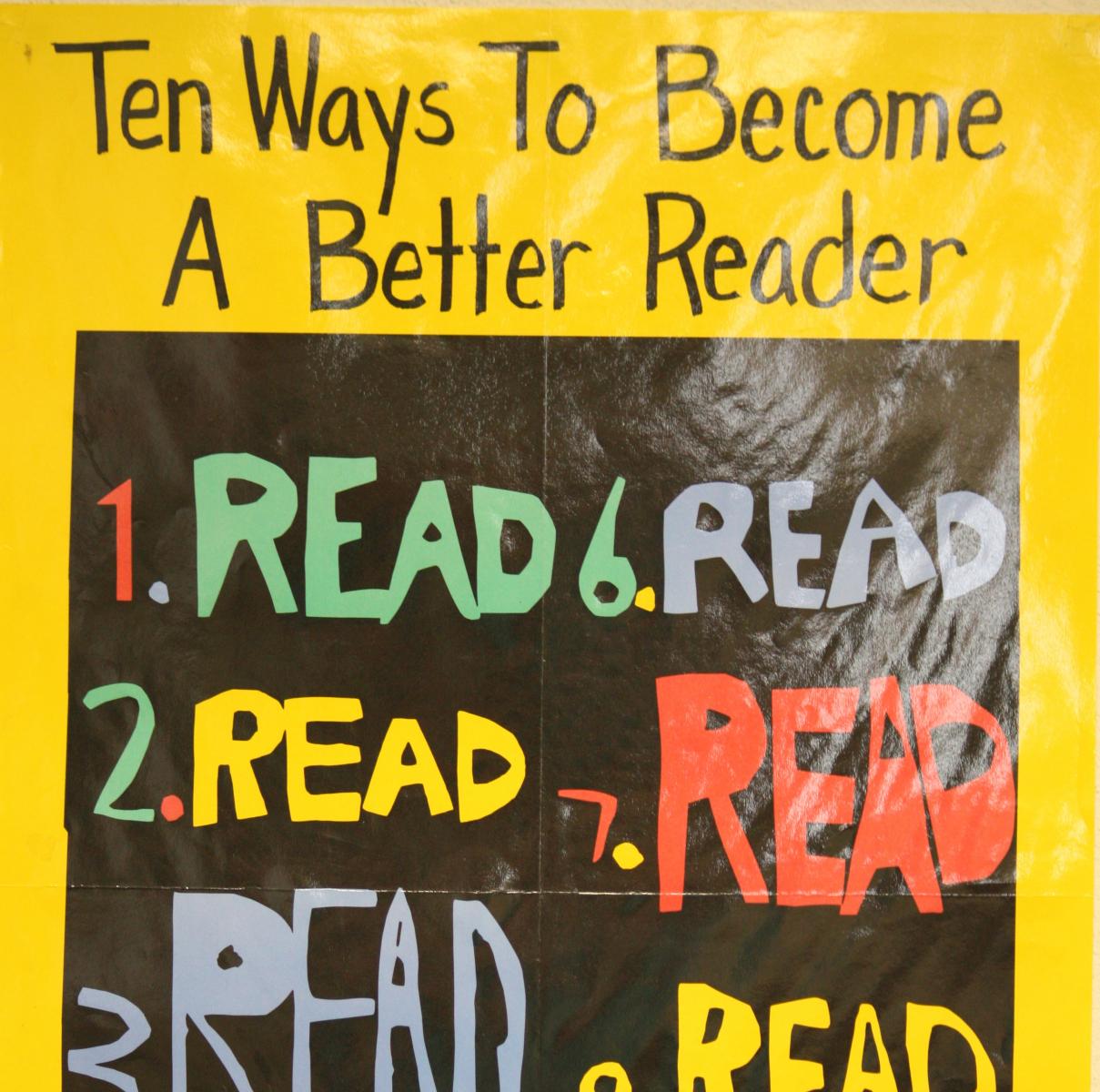Reading Strategies and Topics
Note: The links below will navigate you to documents created by other organizations external to the Student Engagement Project.

Due to the attention placed on the importance of phonological awareness, there is an abundance of information available. The purpose of this guide, developed by the Division of Learning Disabilities (DLD), is to define phonological awareness and provide a brief summary of the more and less effective practices for implementing phonological awareness instruction.
Reading Comprehension (a DLD Hot Sheet)Many students need additional support in the area of reading comprehension. This HotSheet, developed by the Division of Learning Disabilities (DLD), will define reading comprehension and describe some of the more and less effective practices for instruction.
Reading Fluency (a DLD Hot Sheet)Fluency is an important indicator of skilled reading. This HotSheet, developed by the Division of Learning Disabilities (DLD), provides information regarding more and less effective strategies for building reading fluency within connected text (rather than in isolation) for struggling readers.
Reading Programs for ElementaryThis link will bring you to the Evidence for ESSA page that provides a variety of evidence-based intervention strategies for elementary students in the area of reading. These strategies are organized based on the level of empirical support using the ESSA evidence-based standards, and include individual and classroom-wide interventions, as well as those for English language learners.
Reading Programs for Middle/High SchoolThis link will bring you to the Evidence for ESSA page that provides a variety of evidence-based intervention strategies for middle and high school students in the area of reading. These strategies are organized based on the level of empirical support using the ESSA evidence-based standards, and include individual and classroom-wide interventions, as well as those for English language learners.
This page contains one or more links to materials on other websites. The materials described on this page were not created by the K-12 Student Engagement Project, and are the works of the individuals and organizations which created them. They are provided to our viewers as potentially valuable materials to improve educational practice. The Student Engagement Project is not responsible for the accuracy or content of these materials.